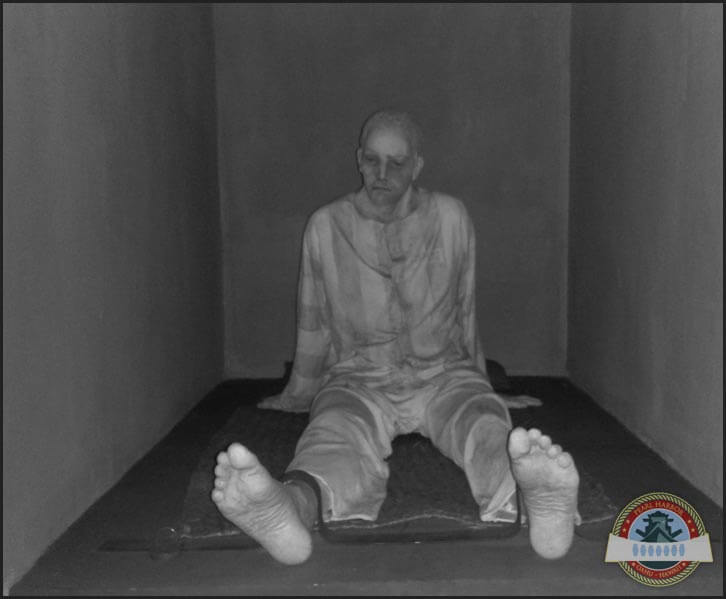The Harsh World War II POW Camps
The movie Unbroken followed the heroic story of Louis Zamperini from a rambunctious youth through his meteoric Olympic rise before joining the US Army Air Forces in time for World War II. Like many members of the military, his training brought him to Pearl Harbor, one of the most strategically important bases in the Pacific. Zamperini flew his training and bombing runs from Pearl Harbor. A book and a major motion picture reveal his story as a Japanese prisoner of war, a fate that many other Americans faced in the brutal World War II POW camps.
Every pilot who passed through Pearl Harbor during WWII shared the same fears, since they all launched from the same place. The planes they flew were terrifying, especially the bombers. Heavy, slow, with little armament and even less protection, bombers many times flew at the mercy of their escorts. Japanese Zero fighter planes were more maneuverable and could make quick work of the unprotected bombers.
There was also the issue of fuel. It wasn't uncommon for pilots to have to ditch into the ocean. On a fateful B-24 bombing run from Pearl Harbor, Zamperini and his crew’s worst fears were realized as mechanical malfunctions downed them 850 miles south of Oahu. Eight of the eleven crew members died upon impact, leaving the survivors lost at sea.
Things would only get worse. After a harrowing 47 days at sea surviving sharks, dehydration, delirium, and starvation, two lived to land at the Japanese-held Marshall Islands. Their life as POWs began. It should be understood the animosity the Japanese held for POWs was extreme, in some cases bordering on mania. Part of the reason for such vitriol stemmed from the Japanese view of capture. The Japanese military indoctrinated its soldiers to fight to the death, and those who did not lacked honor. Further evidence comes in the 1929 Geneva Conventions, which were signed in hopes of stemming the war crimes committed in the past. Japan signed the conventions but did not ratify them, reasoning that surrender was against their beliefs.

27,000 American military personnel were taken captive by the Japanese during WWII and an astounding 27 percent died. To put that in perspective, only three percent of Americans captured in Europe died in German POW camps. During WWII the Japanese committed some of the most heinous war crimes in modern history and so clearly violated the Geneva Conventions, there is almost no precedent. Prisoners like Louis Zamperini toiled in the harshest of conditions with little to no rations and were beaten like dogs on a daily basis.
Manual labor in mines, factories, and fields until they dropped dead is but a glimpse into the routine of many POWs. Worse, the Japanese conducted brutal experiments on American troops, including injecting prisoners with seawater to test its potential use as a sterile saline solution. Others had pieces of their organs removed. There is testimony from a war crimes tribunal that doctors drilled into the skull of a captive while he was alive. The horrors were endless and incomprehensible. To this day only one of the more 60 Japanese companies that profited from POW labor has apologized.








